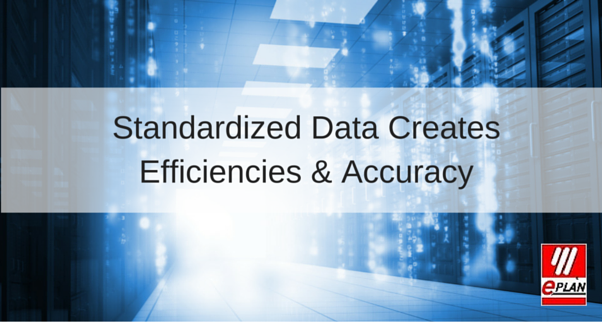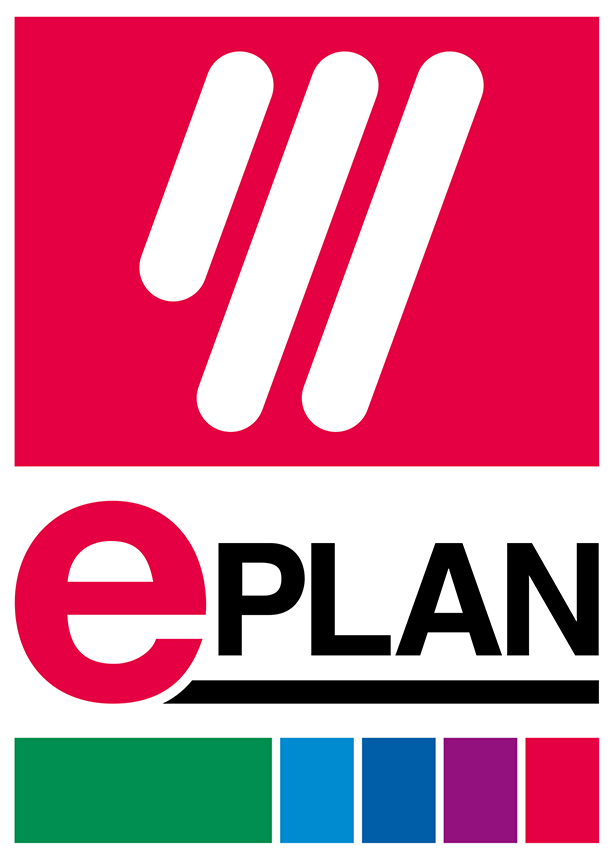
The rise of the Industrial Internet of Things (IIoT) is creating a mind shift in how design and production are done. The product lifecycle of the future will be increasingly oriented towards individualized customer demands and extend from the initial idea through product development, manufacturing, sales, and on to retrofitting and recycling.
The interconnection of machines, processes, people and thedata that fuels it all is creating an integrated environment that means tremendous opportunity for greater efficiencies,cost savings and improved customer service.
Because customers and suppliers must be better incorporated into increasingly complex value chain networks, the preconditions for such improvement include more efficient development, production, and business processes. Proven production processes, concepts and mindsets must be critically evaluated and methodically revised and restructured. Future product development processes require intelligent value chains of digital device data and interconnected engineering tools. These must be continuously interfaced with other software solutions such as ERP, PDM and PLM systems, and deeply integrated into companies’ IT infrastructures. The advantages lie in the creation of integrated digital product data models that can be used across a product’s entire lifecycle.
In order to more efficiently integrate the process and take full advantage of digital product data, EPLAN created their Data Portal. The EPLAN Data Portal is a cloud based data platform accessible via your web browser or from within the EPLAN Platform, which provides online access to valuable device data from numerous, industry leading component manufacturers. This data can then be dragged and dropped into the EPLAN project with the click of a mouse. Currently, the EPLAN Data Portal contains nearly 600,000 device data sets from 126 manufacturers, with more being added constantly.
SEE ALSO: The Role of Big Data on Machine Design and Production
The Data Portal incorporates essential data about the component which can include macros (essentially pre-engineered circuits in 2 or 3-D), dimensions, trade characteristics, connection and mounting properties, etc. that can be easily entered into the current design file with the click of a mouse or stored on a shared server for reuse. Development teams can save between 20 minutes to a couple hours of time compared to manual input. Data is also available for documentation purposes and can be integrated into the current documents in parallel with the design process.
In addition to the extensive data available, users of the Data Portal also benefit from the advanced options it offers. Component drawings dimensions, characteristics and 2D/3D views that fit these virtual components into a cabinet can also be included. Pre-produced drawings can be imported into designs or panel layouts via drag and drop. The program automatically makes adjustments based on the given format. There are also standardized schematic symbols, drilling templates and additional manufacturing information, which are also incorporated directly into the design at the push of a button.
Incorporating manufacturer-certified device data into the production chain also has enormous customer service benefits. Documentation, including full parts lists, stays with the product in a digital format that makes it easily accessible and updatable, resulting in more efficient maintenance and repair, and thereby shorter machine downtimes.
IIoT, and the prospect of The Smart Factory, is changing the face of manufacturing and EPLAN’s Data Portal, built into the EPLAN Platform, is just one example of how having standardized data that stays with a product throughout it’s lifecycle provides not just improved efficiencies, but greater product integrity.





